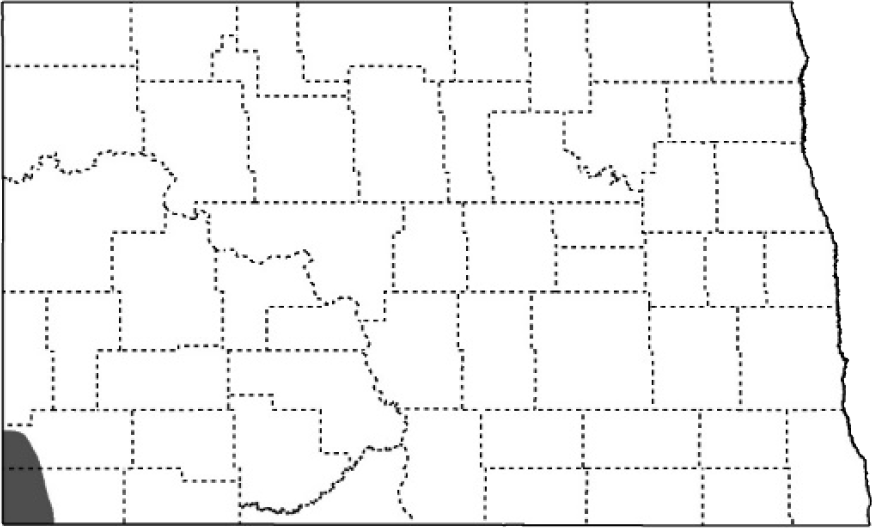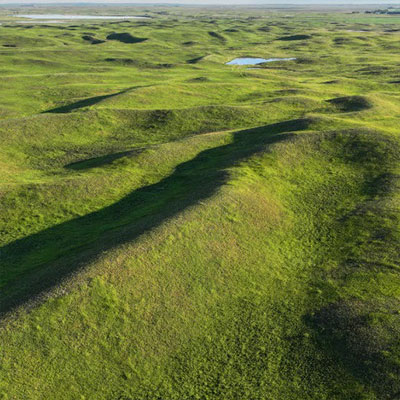Brewer’s Sparrow

Adobe Stock
L 5.5”, WS 7.5”, 0.37 oz. Gray-brown overall, unstreaked breast, white eye ring, and small bill.
Status in North Dakota
Occurs in North Dakota from early May to mid-August. Peak breeding season mid-May to late July.
Reason for SWAP Designation
Regionally or globally imperiled (SGCN a.).
ND ranks 14th out of 14 states for highest percent of the global population (0.06%) during the breeding season (eBird).
The Brewer’s Sparrow is slowly declining, and the population has decreased 35% since 1970.
Limited range in ND, at-risk of being extirpated from the state.
Threats
Loss and degradation of big sagebrush habitat.
Fire can destroy sagebrush and can take many years for the community to recover.
Invasion of non-native grass or forb species (e.g. clubmoss) could negatively affect the sagebrush community.
Brewer’s Sparrow abundance decreased significantly with increasing well density/km² in Wyoming.
Classified as climate-threatened, Brewer’s Sparrow is projected to lose more than half of its current distribution by 2080, with potential net gains of new areas (Audubon).
Research and Monitoring
Habitat requirements are generally known.
Additional information is needed on migration and wintering behaviors.
The Breeding Bird Survey, eBird and Partners in Flight Databases are key sources of information on distribution and population trends.
Management Recommendations
- Protect and conserve intact tracts of sagebrush, especially those dominated by big sagebrush.
- Remove encroaching conifer trees from big sagebrush habitat.
- Avoid frequent burning. Historically, sagebrush (a slow regenerator) burned only every 60-100 years.
- Promote well-managed grazing lands and working sagebrush for biodiversity, sustainability, and resiliency.
- Avoid pesticide use in sagebrush habitats, or delay spraying until September.
- Greater Sage-Grouse may be a useful umbrella species and management actions targeted at sage-grouse will be beneficial for Brewer’s Sparrow.



